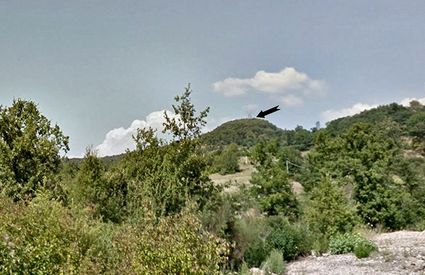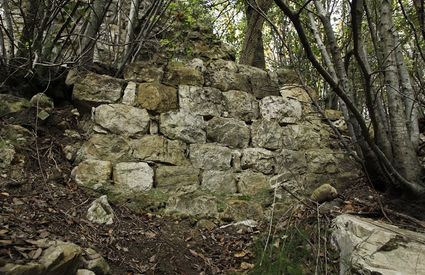Gigliola and the Count
Through the charms of a legend that’s been passed down up until the present day, Castiglion Bernardi earned a reputation, or at least some recognition—the story occurred during the dominion of the Pannocchieschi. Around the 13th century, a count from the noble Florentine family took a fancy to Gigliola, a beautiful and virtuous young woman, who was, however, already betrothed to Valfredo—with the nuptials just around the corner.
After the count took various approaches, all refused by the young woman, the scorned count became indignant: taking advantage of the supreme power he had through the feudal system, he threatened to kill the woman and those close to her if she didn’t give in to his wishes.
The ghost
Passing through the Val di Cornia, a contemporary visitor today might swear that, among the medieval ruins, in the misty autumnal nights, the lower clouds take the vague form of veils, as if to cover the contours of a woman’s face, perhaps identical to those that concealed Nencia. Others say that on libeccio nights—that is, nights when you can feel a particular kind of Mediterranean wind—the weather’s howls mix with the ghastly cries of the heroic caretaker, as if to warn against and criticize the abuses of power and foul behavior so often leveled at women, as so dramatically and all too frequently happens even today.
But that ghost, who makes herself known now and then, is a symbol of a sacrifice in defense of true love, and all on her own, she’s able to transform these old ruins into a place with an entirely unique and all-encompassing appeal.









